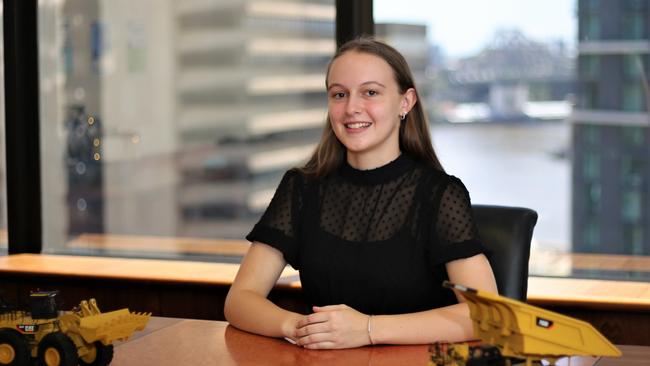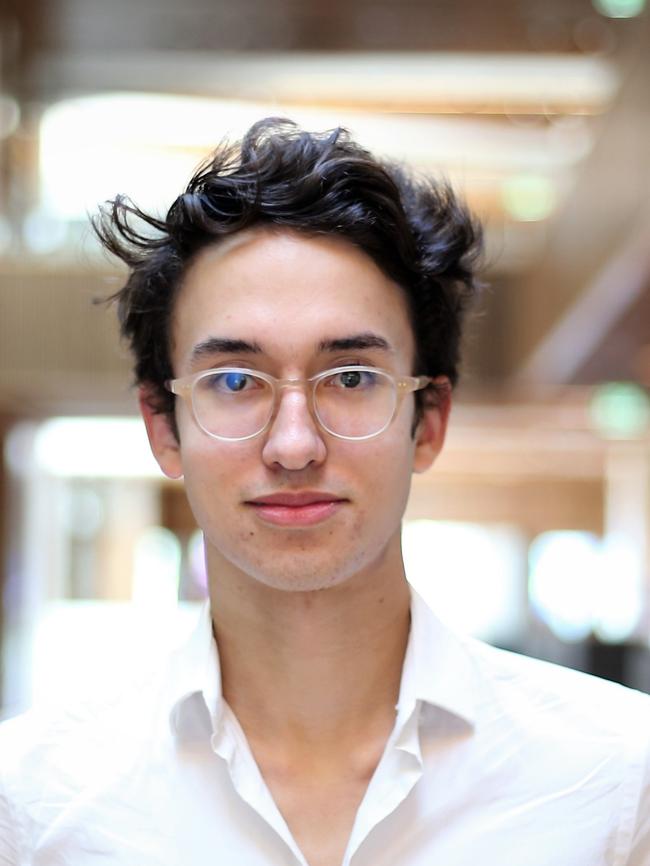Staff shortages threaten future of critical minerals industry
We need mining to resource the technologies for the energy transition, but where’s the talent?

In June, the World Mining Congress was held in Australia for the first time in its 65-year history, involving more than 3500 delegates from 70 countries who came together in Brisbane. The hot “acts” at this rock festival were around the urgent need for more mining to produce critical minerals to support net-zero technologies, the imperative to do it with a smaller carbon footprint and the fact that the industry is finding it tougher than ever to recruit new workers.
A 2022 McKinsey survey of mining sector senior leaders and executives found that 71 per cent said the talent shortage was holding them back operationally, with 86 per cent saying it was harder to recruit and retain the required talent compared with two years ago.
“Mining is at the bottom of preferred industry segments for young adults at the start of their careers,” said Professor Deborah Terry, vice-chancellor and president of the University of Queensland, in her keynote speech.
She cited a survey by the Canadian Mining Industry Human Resources Council, and reported by McKinsey, that found 70 per cent of 15- to 30-year-old respondents said they either “definitely would not” or “probably would not” consider working in mining.
“These looming talent shortages present a genuine challenge for the sector, because securing that future workforce pipeline from schools through university and on to mine sites or remote mining hubs may prove to be one of the second-biggest roadblocks to realising the growth opportunities in critical minerals,” Professor Terry said.
As well as needing more people for the traditional mining jobs, including engineers, metallurgists and geologists, the sector has a growing need for newer technical skills, including data analysts, software engineers, cybersecurity specialists, virtual reality developers and drone pilots, plus the usual line-up of legal, commercial and environmental roles.
There are numerous initiatives afoot around the world to try to attract new recruits to the sector, in an effort to bridge the widening talent gap for new and old skills.
In late 2019, the Minerals Council of Australia funded a partnership between UQ and Curtin University to create a microcredential package, which went live in the second half of 2020. Foundations of Modern Mining is six individual short courses available for free through the edX platform, with the option of a paid certification track.
The six online courses run over eight weeks with an average study load of 4-5 hours a week and cover topics including the business of mining, sustainability, digital transformation, operations and leadership and diversity.
The cyclical nature of mining means there is a large loss of talent from the industry when there’s a downturn.
“Once people have left the resources sector because of that contraction, it’s very hard to attract them back in,” says Elaine Wightman, transformational learning group lead at the UQ Sustainable Minerals Institute and herself an expert in process mineralogy.
“The course was developed to get to those people who may not have thought about resources, but have a skillset that would be applicable in the sector.”
The pilot program attracted more than 4000 participants from around the world, with 40 per cent of post-course survey respondents reporting they had no previous experience in resources, with most early to mid-career.
“That was very pleasing, because one of the objectives of the courses was to get information out there, globally, to people who might have certain perceptions about mining so they can make more informed decisions about working in the resources sector.”
“One of the things that we envisioned when we put together the course was that companies could use it to help differentiate their graduates coming through,” says Dr Wightman.
The other aim is to help upskill people in the industry.
“For people looking to move up from, say, a maintenance or operational role, this set of courses offers useful learning to help them move onto that next level of their careers,” she says.
The Queensland Resources Council has been working at the other end of the age spectrum, trying to interest schoolchildren in the possibilities of a career in mining. Its Minerals and Energy Academy (QMEA) launched in 2005 and has grown from 11 high schools in year one to hitting its target of 100 schools this year. Oresome Resources is a complementary national education program, led by the QRC and supported by various state industry bodies and the MCA.
“There must be hundreds of STEM course providers across the country, but what sets us apart is that the initiative has been led by an industry association,” says Katrina Jones, policy director of skills, education and diversity for the QRC.
“We’re a small team, including trained high school teachers and two science communicators, plus we bring industry expertise into the classroom.”
QMEA designs in-class sessions that align with the curriculum, and mining or energy employees come in to bring it to life. Over the course of a year, QMEA delivers almost 200 workshops across Queensland, most over a double period or half-day sessions in class.

“Say Year 8 is studying rocks and minerals, the school asks for us to come in and our team delivers a workshop on some aspects of geology, and we also bring in a geologist from one of our member companies who will talk about how they came to study geology, and what their career involves,” says Ms Jones. “The teachers love it, because it helps them teach the curriculum. By the time you get to Year 10, the industry person is able to say, ‘If you’re interested in engineering, you need to work hard on your maths’. Teachers often say to my team, ‘I have said that until I’m blue in the face, and then someone working in the industry comes in and explains it and the penny drops’. That’s the difference that it makes.”
QMEA delivers workshops from Year 7 and is starting to engage with primary schools. Three years ago, they launched a digital campaign targeting graduating high schoolers and first-year engineering students to showcase cool resources jobs and the critical role mining has to play in the energy transition. They use a videographer who’s more used to working with surf brands than corporates and Shape Your Future clips pop up in Facebook and YouTube feeds, clocking 2.6 million views with last year’s campaign, says Jones.
“All the people in the ads are real people working in the industry, and there are links to the courses they’ve done,” she says. The 2023 video dropped at the World Mining Congress.
Year 11 and 12 kids who show aptitude and interest can apply for Oresome Resources intensive week-long camps at mine sites.
“By broadening their knowledge, we can influence their career pathway,” says Jones.
Oresome Minds is for the engineering track and Oresome Trades for the VET students. At the trade camp, students work on mechanical and electrical training tasks and complete a project. For students considering engineering or other technical university qualifications, mine engineers set genuine problems and mentor them as they work to solve it. The idea is to give school leavers an on-the-ground experience of working in mining – and it’s doing the trick to pique their interest.
Aleisha Buckley was in Year 12 when she went on the Oresome Minds camp to Glencore’s Mt Isa site after her physics teacher convinced her to apply to become a QMEA ambassador to promote the program to students in her school. Buckley also had six months in QMEA’s Girls Mentoring Program, which pairs students with women already working in mining for monthly phone chats over six months.
“Through Year 12, you’ve got all these questions when you’re deciding what to study and being able to talk to someone in the industry was really great,” she says. “Before QMEA I was planning on studying architecture, I hadn’t thought about engineering at all,” says Buckley, now in her second year of Bachelor of Engineering at UQ, majoring in mining (civil).
“In first year it was more general engineering – but I was pretty set on mining for my major.” Going down an underground mine for the first time on the camp was what sealed the deal. “I’m particularly interested in ventilation, as well as drill and blasting.”
Her fellow second-year UQ student Henry Hall, another Oresome camp alumnus, was set on engineering. He says before QMEA he thought mining was “just digging holes”.
“It made me realise there’s significantly more depth to it – no pun intended. We’re transitioning to a net-zero economy and being able to play a crucial role in that was what attracted me.”
Hall is doing a bachelor of engineering and a master of civil engineering, majoring in mining.
“The biggest barrier to engaging with Gen Z is the image problem the resources sector has – people think mining is slow and incompatible with the 21st century. After working on sites during uni vacation, I’ve seen how adaptable mining is and pushing the boundaries of what’s possible. It’s about being the change you want to see.”



To join the conversation, please log in. Don't have an account? Register
Join the conversation, you are commenting as Logout